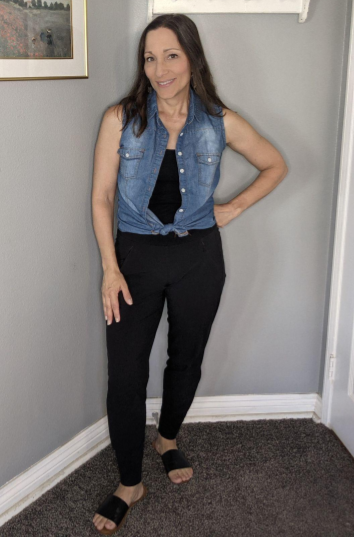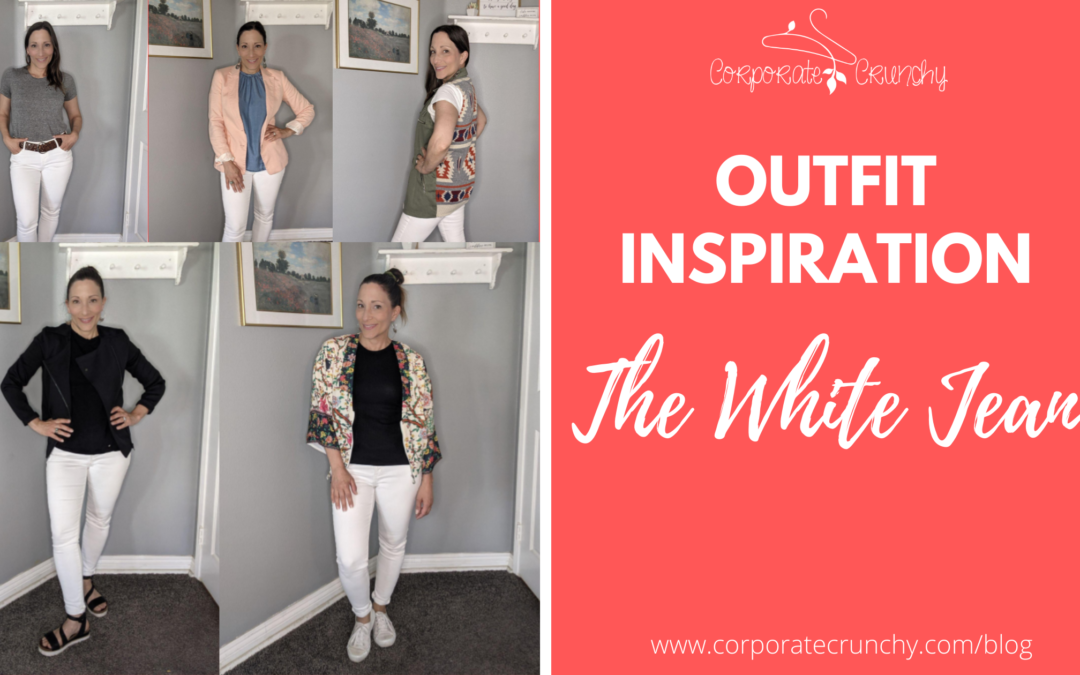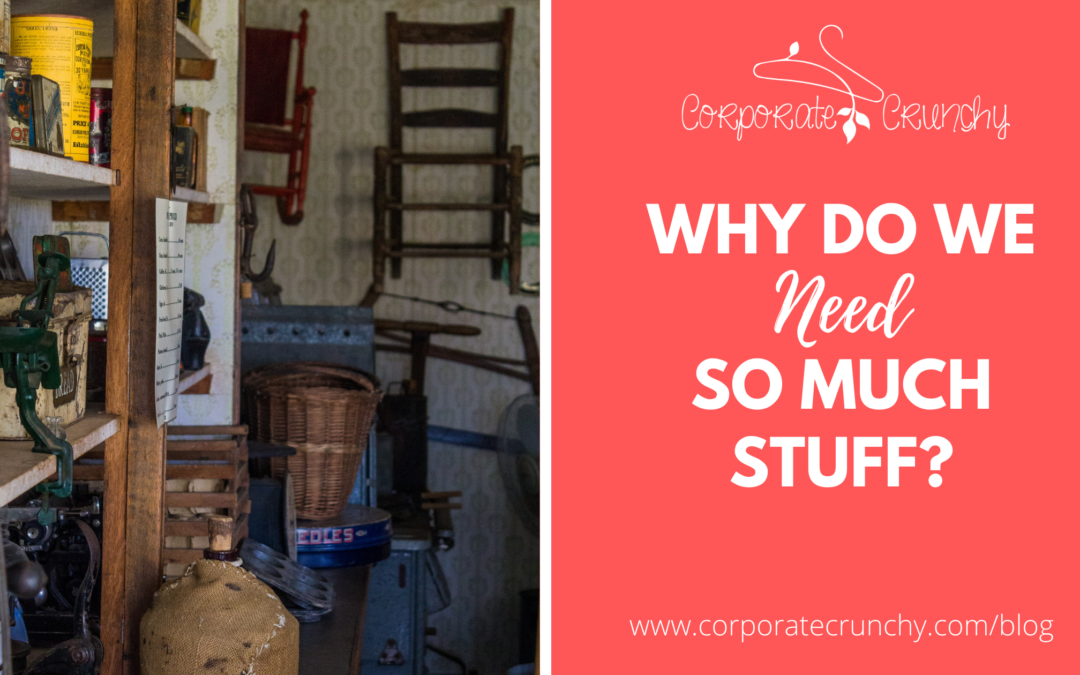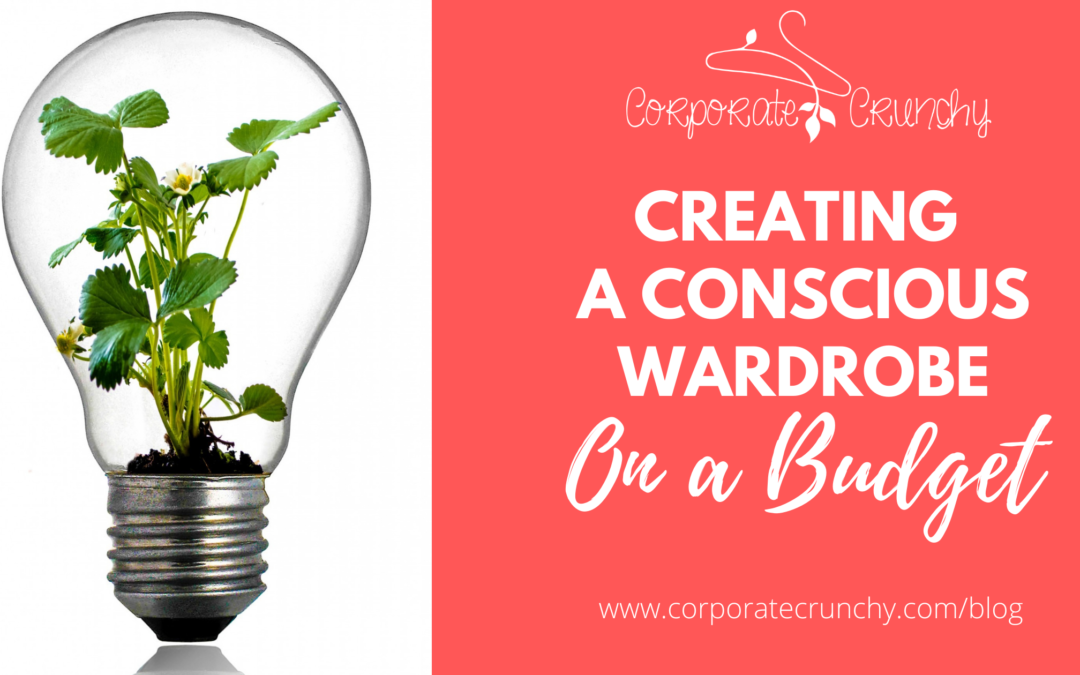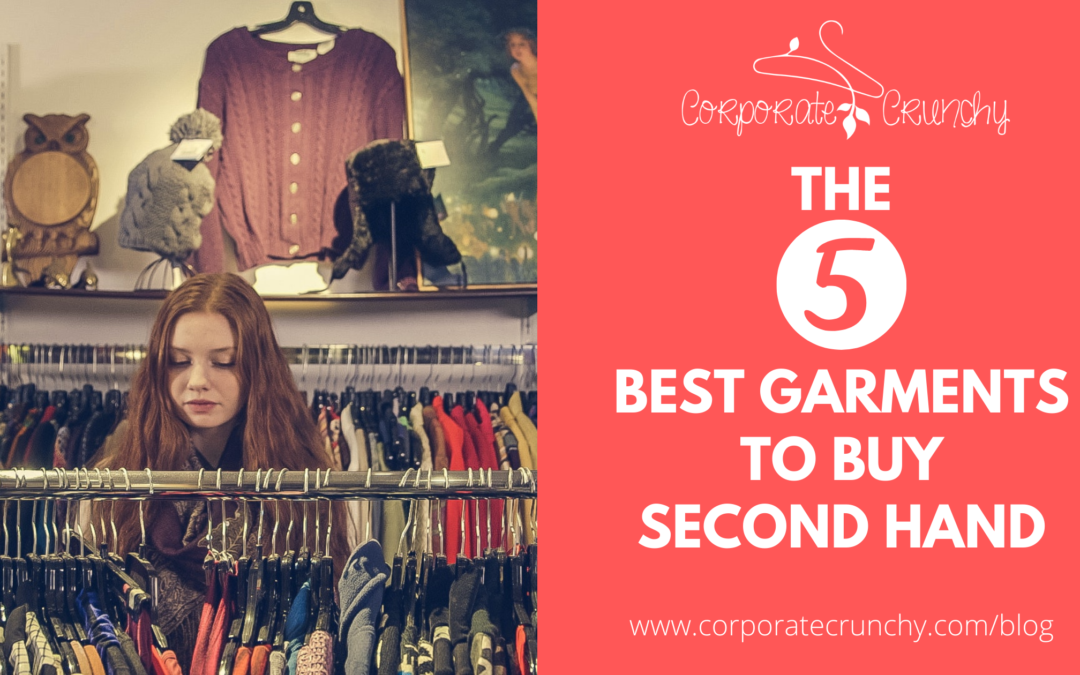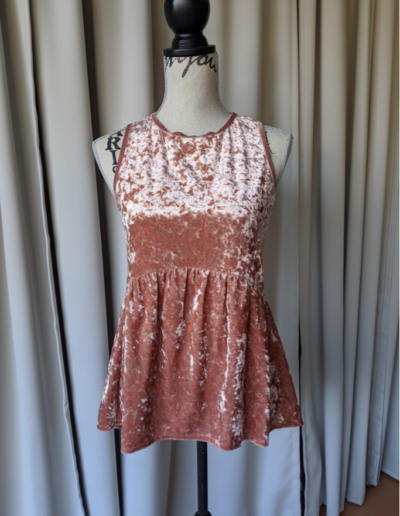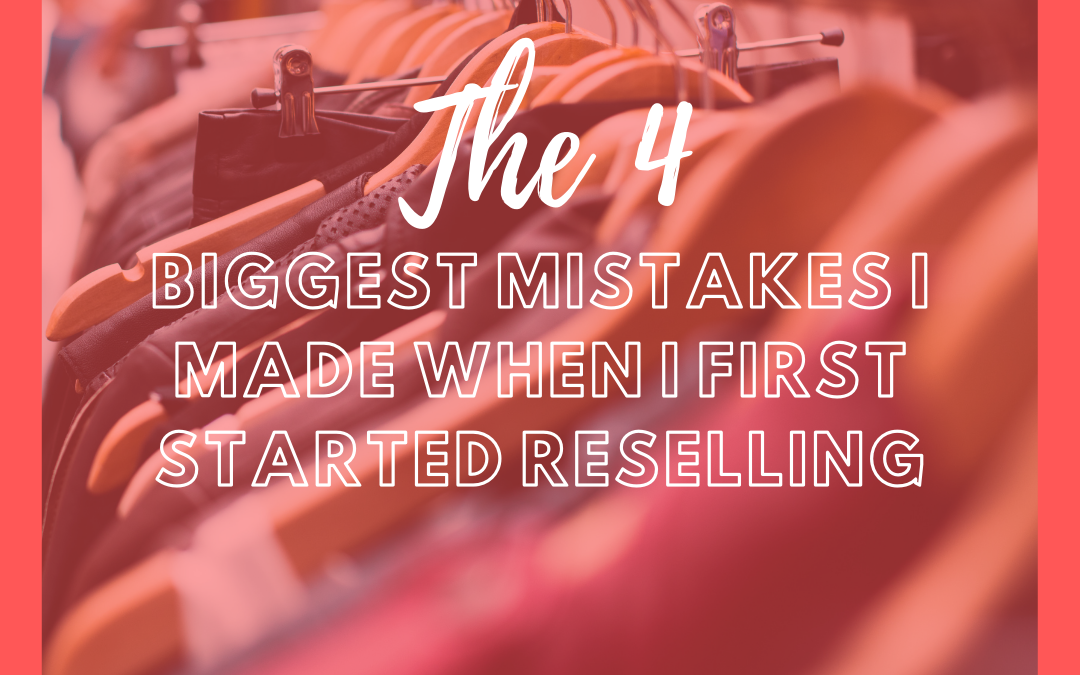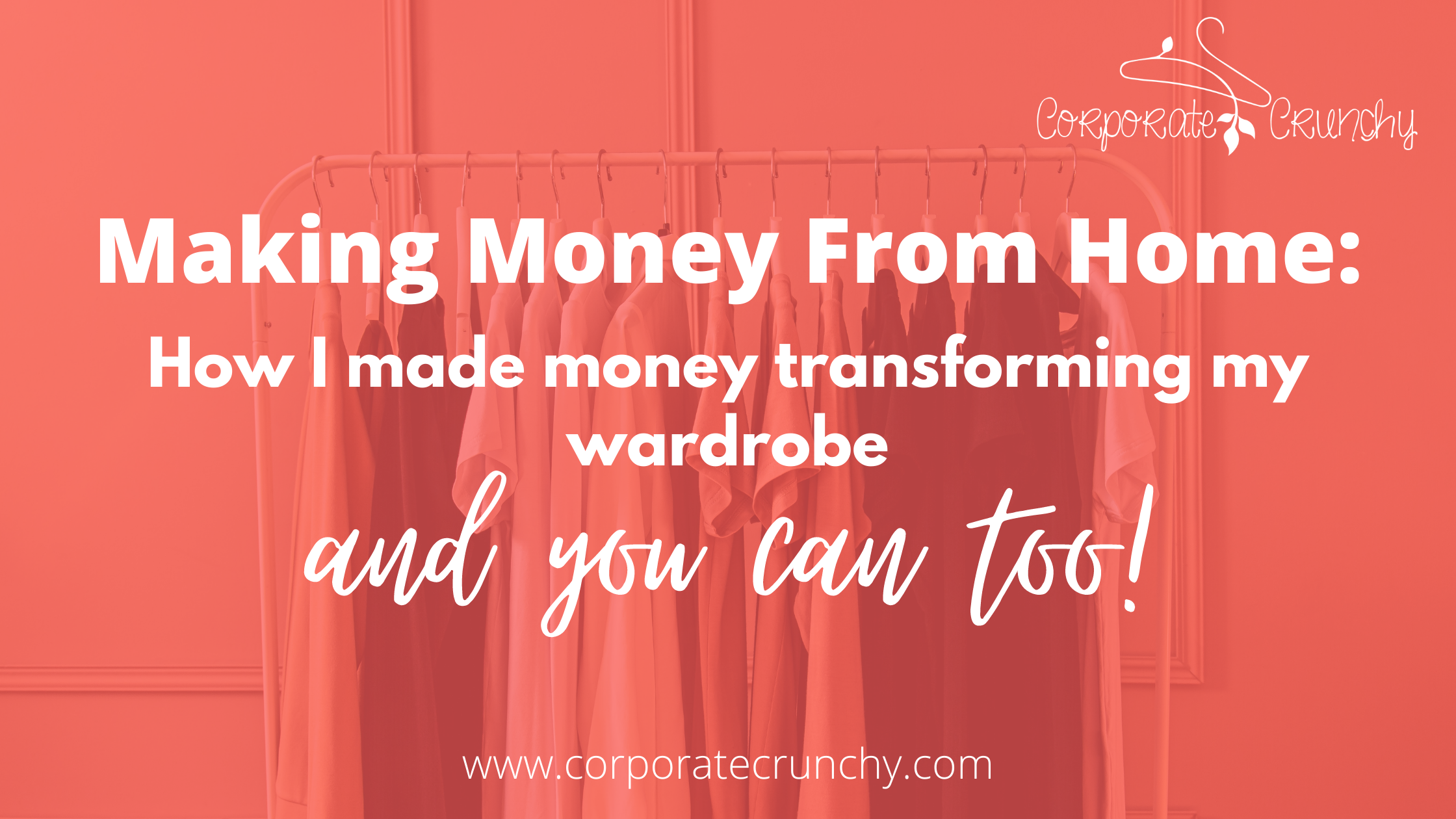
Making Money From Home: How I Made Money While Transforming My Wardrobe…and YOU Can Too!
How I Transformed My Wardrobe and Made Money in the Process
I worked in corporate America for 25 years. For most people working a corporate job, there are certain expectations about how to dress. Even if there is a business casual dress code, the word “business” is still there for a reason. So, when I exited my corporate career I found myself with a closet full of clothes that really reflect my new entrepreneurial lifestyle. But, since I left a high-paying job and was essentially starting over, I couldn’t exactly justify buying a bunch of new clothes. That’s when I remembered this cool app called Poshmark. I had shopped on Poshmark plenty of times. Typically for brands like Athleta that I didn’t want to pay full price for. But I hadn’t really considered selling on the platform. That is until I started to stare at all these clothes that I really wasn’t wearing anymore. But I had a hard time deciding whether to get rid of certain things because maybe I would wear them again. So, here’s the process that I followed and how it transformed my wardrobe….all while making money from home.
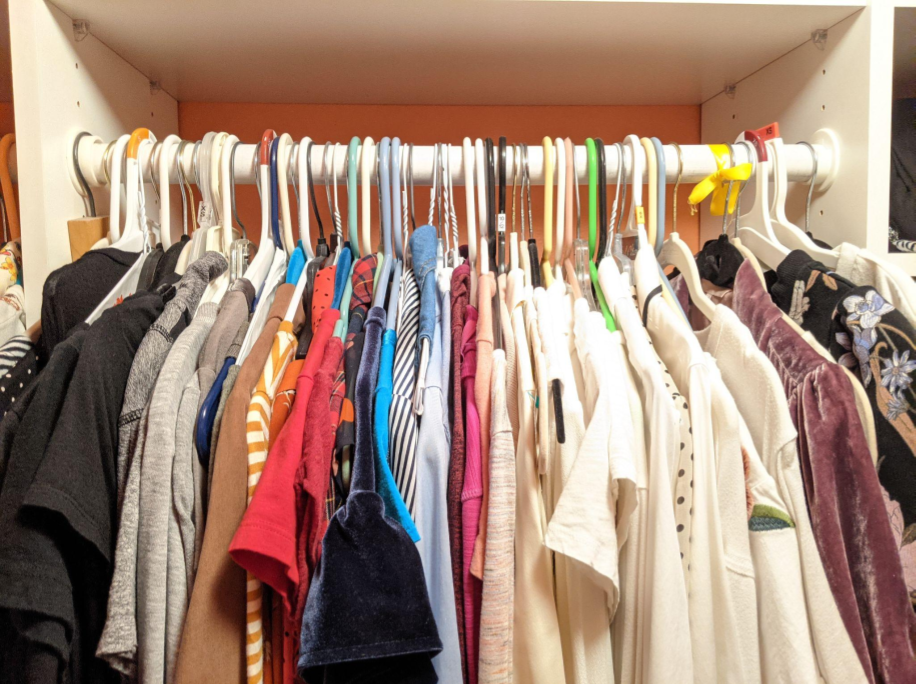
Shopping My Closet
I started to put together new outfits with what I already had. Mostly I would take something that I hadn’t worn in a long time, and paired it with a newer piece to try and give it new life. If I didn’t like that old item anymore, I put it in a pile to sell or donate.
BTW – If you’re looking for tips about how to shop your closet, check out the 6 Ways to Shop Your Closet Guide.

Decision Time
Next, I had to evaluate what items would actually be worth selling and what could be donated. When I first started out, I didn’t really know much about how to research what an item should sell for. So, I just basically used the condition and what I paid for the item as a guide. If something was in good condition and was a little more expensive, I would sell those pieces. This was the first step to making money from home.
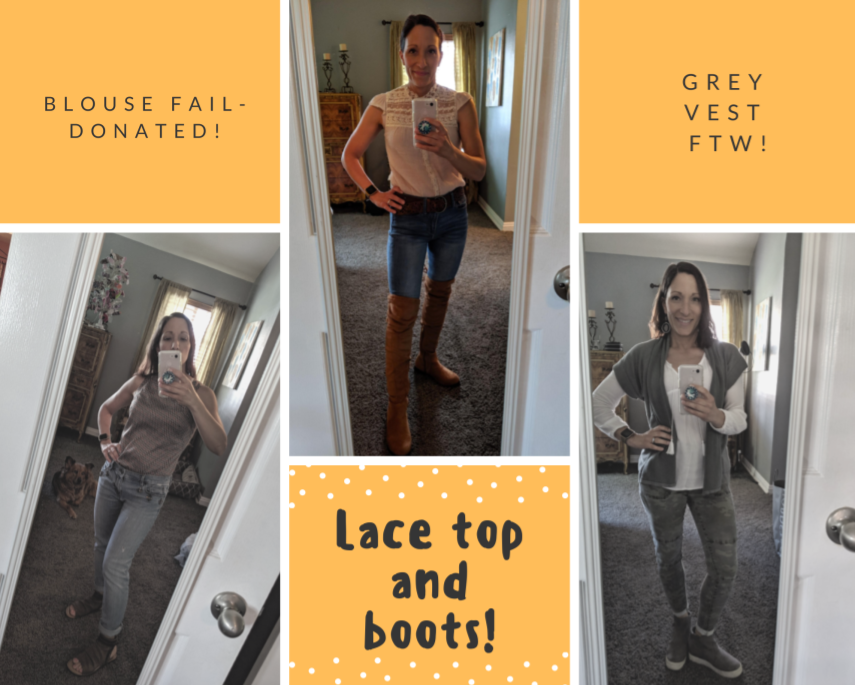
Experimentation
Around this same time I was shopping thrift stores a lot more often, because my schedule allowed me to hit the really good sales on Thursday mornings at my local thrift store. I started trying out new looks that I would not have been able to wear to the office. It was very liberating! Sometimes a new piece would work out great and other times not so much. I knew however that I could always resell what I didn’t want anymore. Eventually this helped encourage me to choose better quality items for myself. Not only did I finally convince myself I was worthy of high quality clothes, but I also knew I could resell for a decent price.

Selling & Buying
After about a year or so of selling my old clothes and buying new clothes, I had completely transformed my wardrobe. I now own more ripped jeans than I ever have before and love to wear them with fun t-shirts and Converse sneakers! But then the real magic happened! Once I started keeping track of what I was selling and what I was spending on new-to-me clothes, I realized that I was actually either breaking even or MAKING money in the process. This is something that I never thought was possible. I didn’t realize how easy it was to sell my unwanted clothes and that there was a huge second-hand market for any “new” clothes that I would want. Now, whenever my husband or my kids want to donate or throw something away, I always research the top second-hand sites to see if it is worth selling or not.
If you are new to shopping second hand, I suggest checking out these blog posts to help you get started:
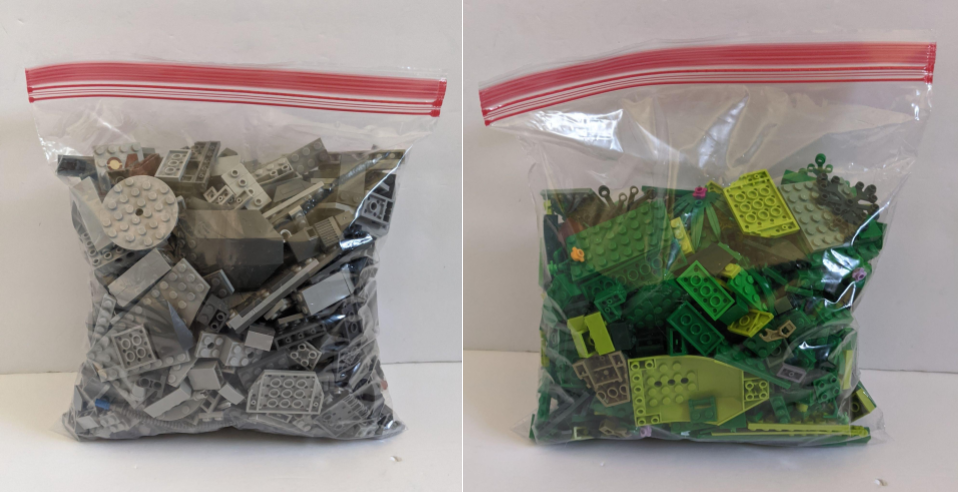
Not Just for Clothes
My son is now 10 years old and is into video games. We’ve gradually been selling his old toys and legos and he gets to spend that money on Fortnite V-bucks or whatever other video game he wants. And….it helps to declutter!
My daughter has a school trip to Europe coming up. It’s quite expensive. But my husband and I believe in giving our kids every opportunity to travel that we can provide. So, I signed her up for the trip and we started to brainstorm fundraising. Coincidentally, we also just cleaned out our garage, loft, and office spaces. We had a lot of extra stuff that we didn’t need. I listed it all on various platforms and have been putting the money toward her trip. Items included things like an old knee scooter, dog crate, books, and more.
My daughter wanted to go to the salon and get her hair dyed pink. This was going to be an expensive process and wasn’t really in our budget. So, I told her to clean out her closet. We were able to sell a couple of in-demand pieces and pay for most of the cost of the professional stylist. Now both my kids know a method for making money from home!
Getting Started
When I look back on some of my first listings when I first started selling stuff out of my closet 2 years ago, it’s cringe-worthy. I’ve learned so much since then. If you have a family vacation you need to save for, or you kids’ school trip, or maybe just be able to go to the movies or out to eat a couple of times a month, there is money waiting for you in your closet. You just need to learn a few basic things to get started making money. That’s why I’ve created the Beginners Guide to Turning Your Closet Into Cash. It’s a quick FREE guide with simple steps that will help you start out successful.



